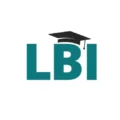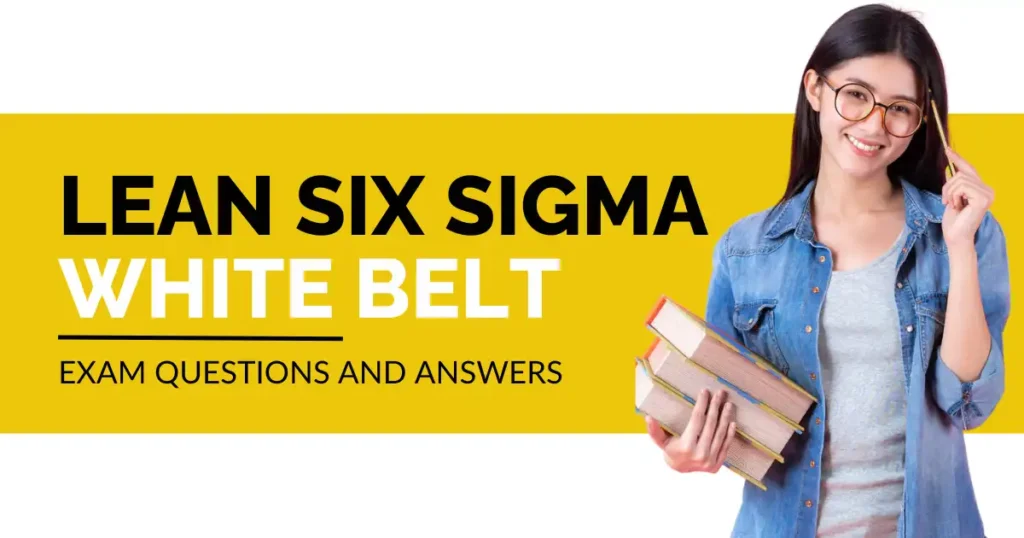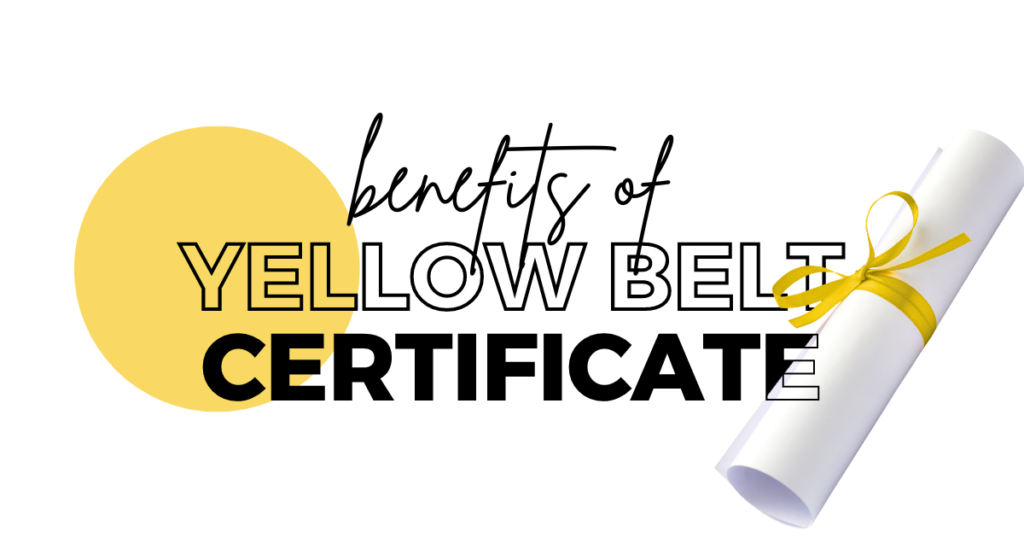Table of Contents
1. Why This Matters
The alphabet soup of Lean Six Sigma (Yellow, Green, Black, Master Black Belt) promises credibility, bigger roles, and fatter paychecks—but your study strategy can shrink or stretch the timeline, budget, and résumé impact. A recent cross-section of practitioner experiences revealed two clear camps: structured class devotees and agile self-study sprinters.
2. Certification Landscape at a Glance
| Issuing Body | Belt Levels | Exam Format | Project Requirement | Typical Cost (USD) | Global Recognition |
|---|---|---|---|---|---|
| ASQ | Green → Black → Master Black | Proctored, closed-book | Yes (for higher belts) | $400–$2,000 | Very high |
| CSSC | Yellow → Green → Black → MBB | Open-book, online quizzes | Optional tiers available | $99–$699 | High |
| Udemy / Online Academies | Prep courses for all belts | Practice exams + PDUs | No | $10–$200 | Prep only |
| University Bootcamps | Green or Black packages | In-person & proctored | Yes | $2,500–$6,000 | High (varies) |
3. The Case for Instructor-Led Classes
- Structured Accountability – Fixed schedules and live facilitators keep procrastination at bay.
- Project Coaching – Mentors guide you through real projects, turning theory into résumé gold.
- Networking – Cohorts often include quality, ops, and PM pros who become future allies.
- Documentation Support – In-class templates streamline your DMAIC storyboards for faster sign-off.
Ideal for: Learners who thrive on deadlines, need guided project sign-off, or seek corporate sponsorship.
4. The Case for Agile Self-Study
- Ultra-Low Cost – Grab a $20 course, download the ASQ handbook, and you’re 80 % of the way there.
- Flexible Timeline – Knock out a Green Belt in two focused weeks or pace it around shift work.
- Open-Book Comfort – Some bodies (e.g., CSSC) let you reference materials, easing test anxiety.
- Stackable PDUs – Many PMP holders use self-study courses for affordable professional-development units.
Ideal for: Self-motivated professionals, side-hustlers, or anyone funding their own credential.
5. Time-to-Belt Estimator
| Belt Level | Class Route (hrs) | Self-Study Route (hrs) |
|---|---|---|
| Yellow | 16–24 (2–3 days) | 10–15 (1 long weekend) |
| Green | 40–60 (1–2 weeks) | 35–50 (nights & weekends) |
| Black | 80–120 (4–6 weeks) | 70–100 (self-paced) |
Add 60–120 hrs for each real-world project if your cert body mandates it.
6. Decision Checklist—Pick Your Perfect Path
- Budget: Can your employer foot the bill, or are you bootstrapping?
- Learning Style: Need live Q&A, or love solo PDF hunts and YouTube marathons?
- Project Access: Do you have an improvement project ready to showcase savings?
- Career Goal: Is HR simply checking a box, or will leadership grill you on Kaizen ROI?
- Timeline Pressure: Promotion window looming, or steady growth mindset?
7. Fast-Track Action Plan
- Map Requirements: Verify project prerequisites for your target belt and cert body.
- Pilot a Mini-Course: Take a low-stakes Yellow Belt prep to test your discipline and exam comfort.
- Secure Sponsor Buy-In: If projects are mandatory, line up a champion early—finance loves cost-savings pitches.
- Sharpen Statistical Tools: Brush up on Minitab or Excel analysis; you’ll slice exam time in half.
- Enroll Intelligently: When you’re ready, leverage promo pricing on my Lean Six Sigma Green Belt and Root Cause Analysis Mastery courses—packed with real templates, case videos, and lifetime access updates.
8. Closing Thought
Whether you thrive under classroom spotlight or prefer late-night sprint sessions, the true differentiator isn’t the study mode—it’s your commitment to apply DMAIC thinking long after the ink dries on your certificate. Choose the path that keeps you improving continuously, and your career metrics will follow suit.













